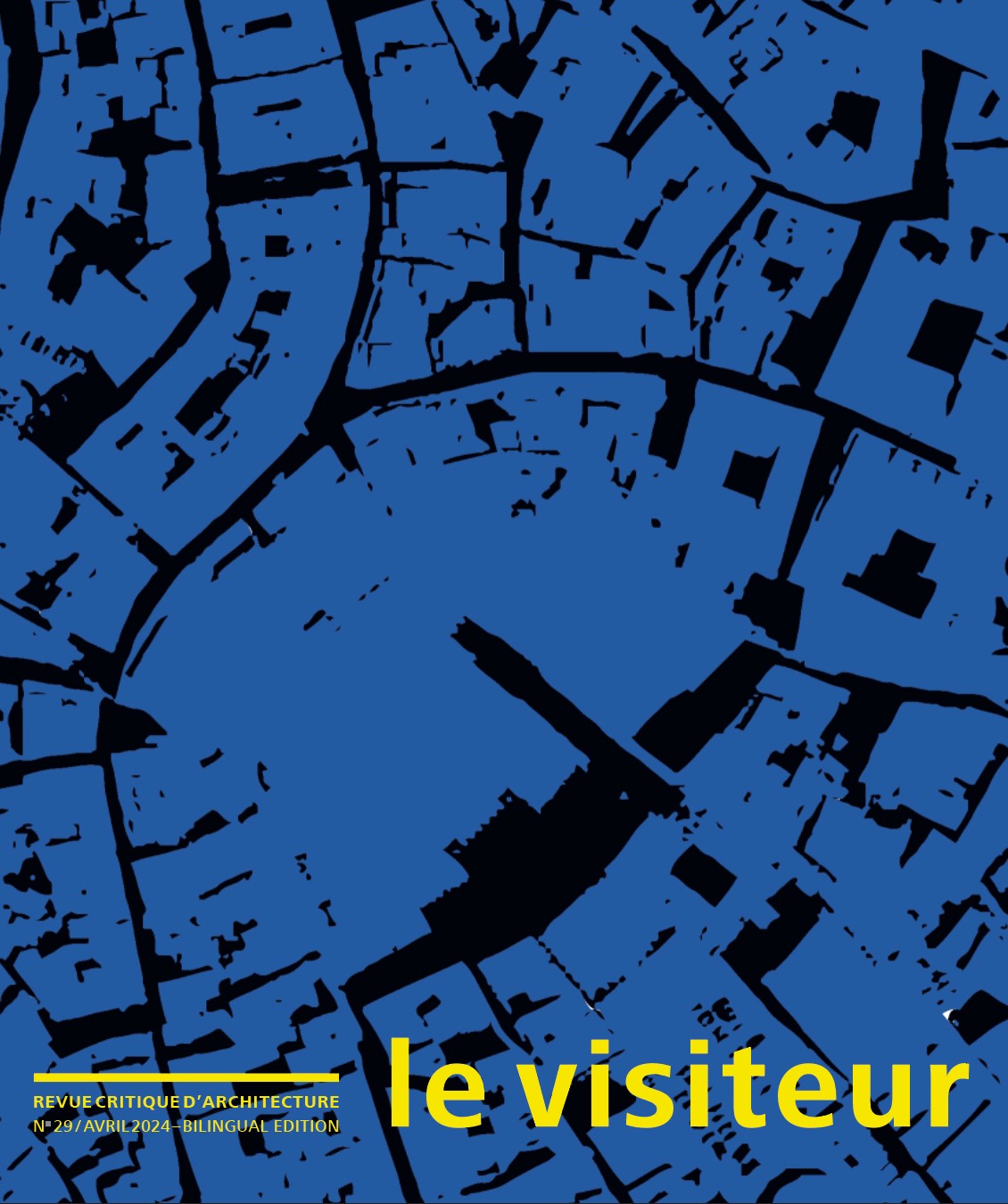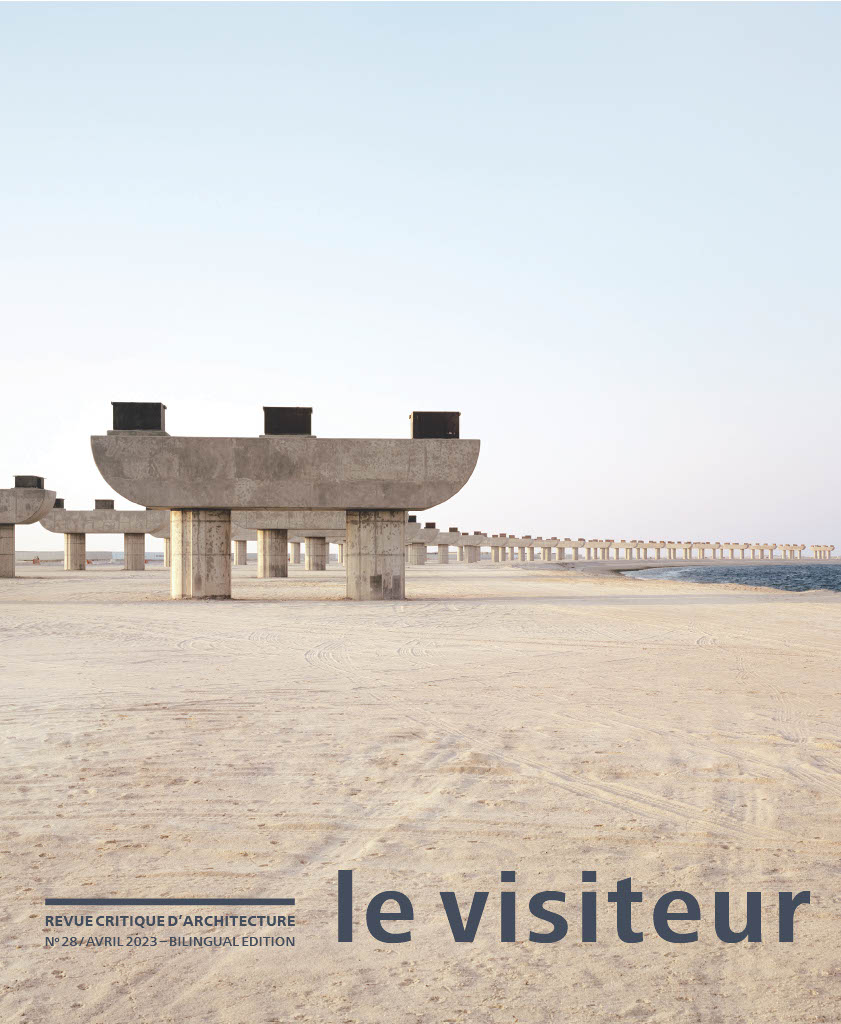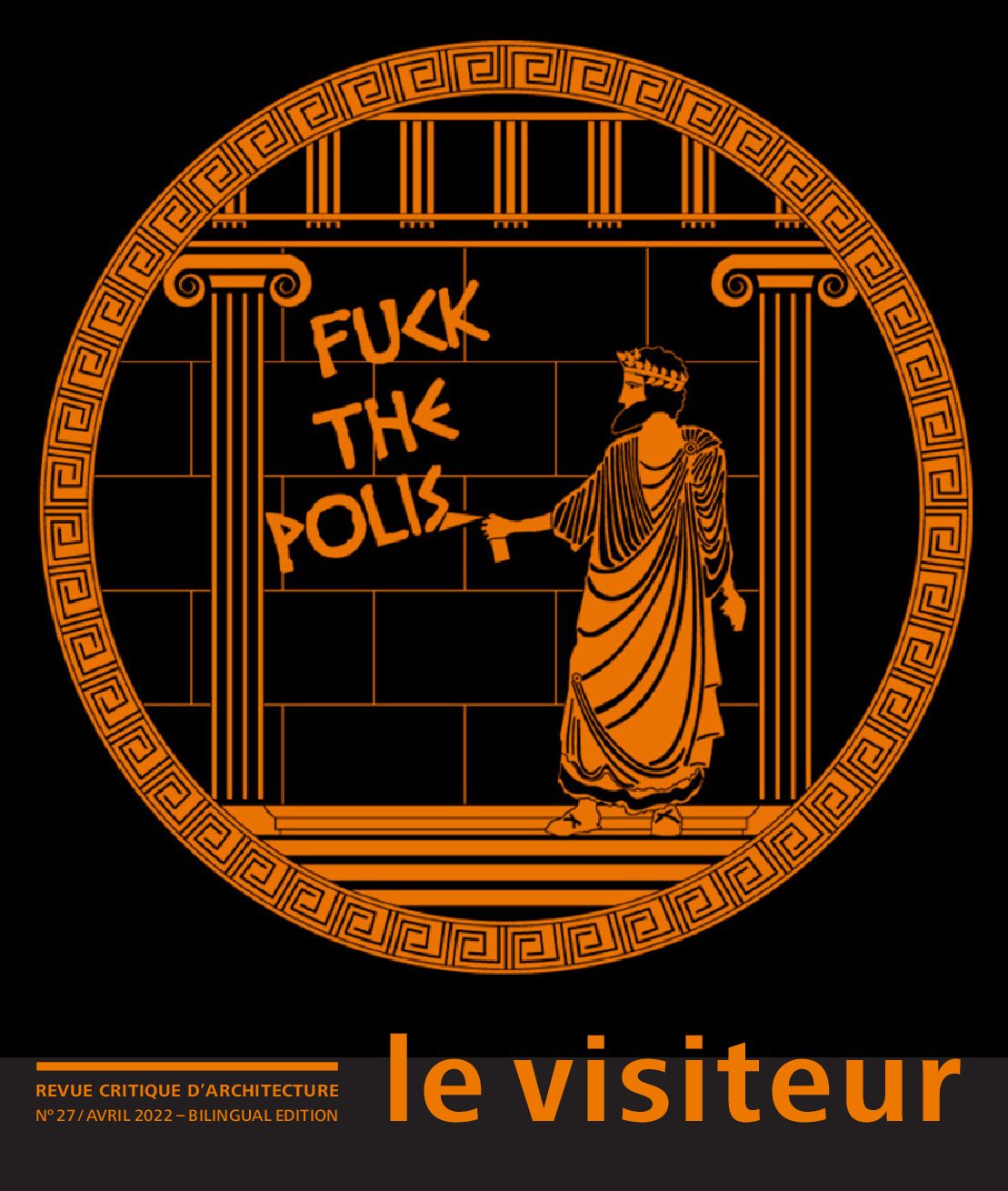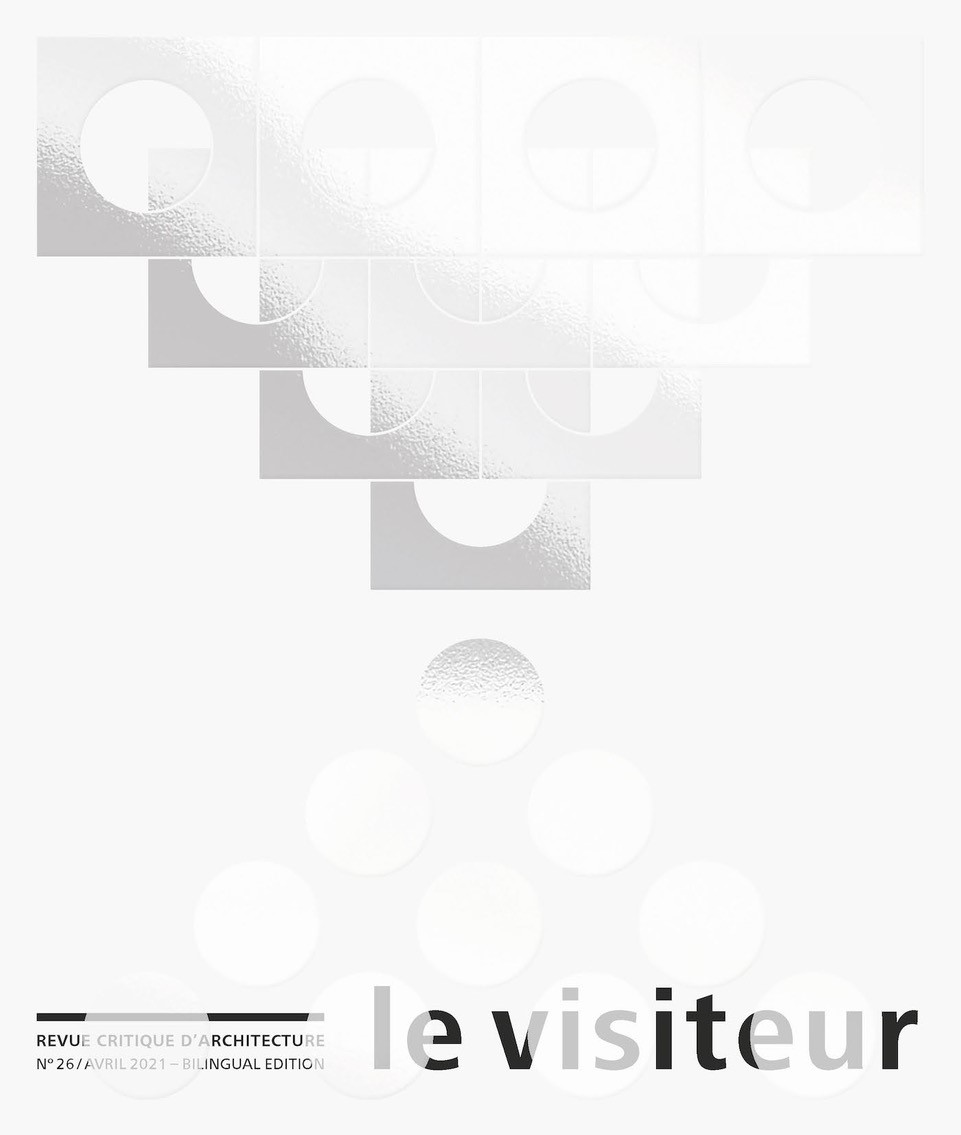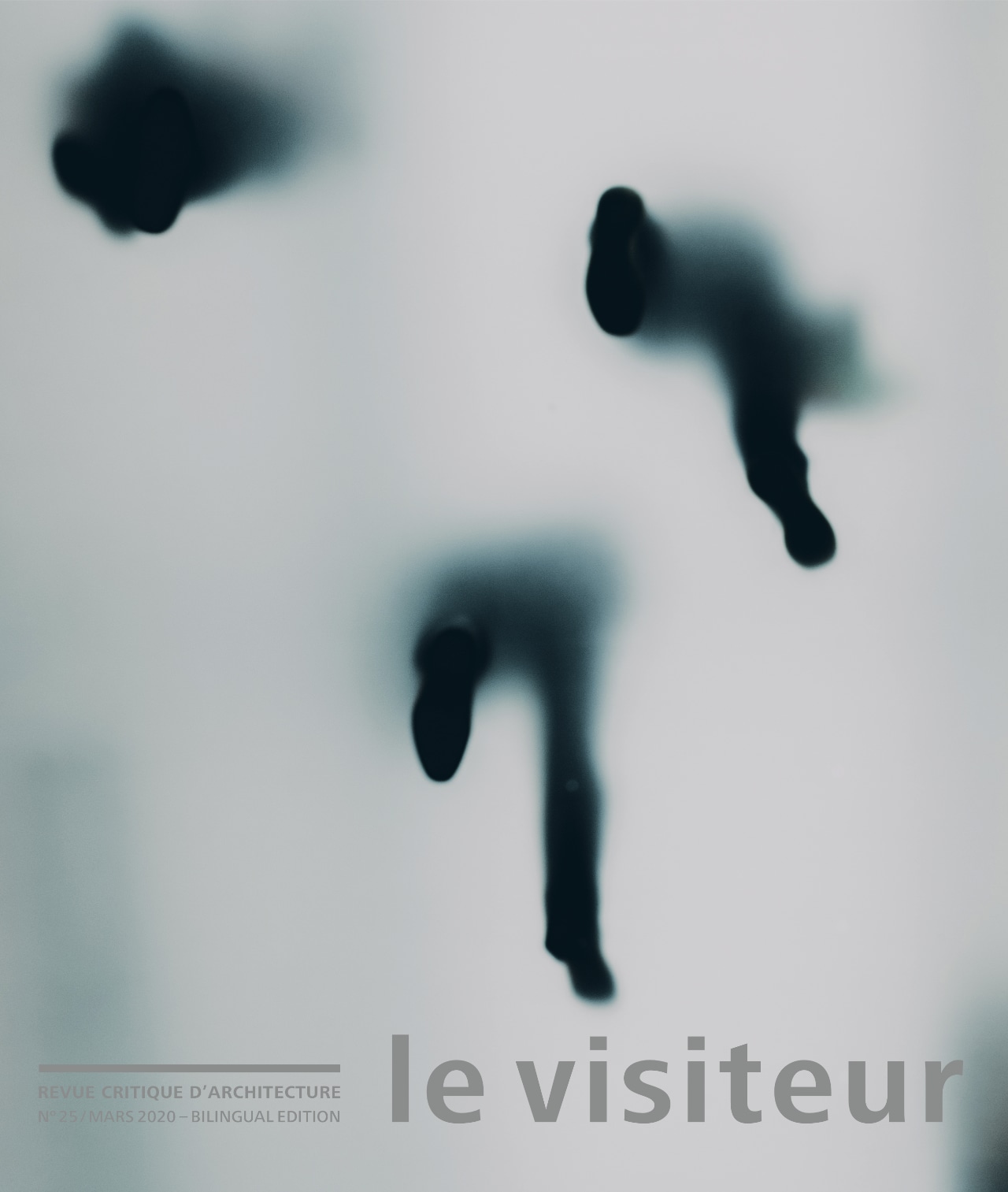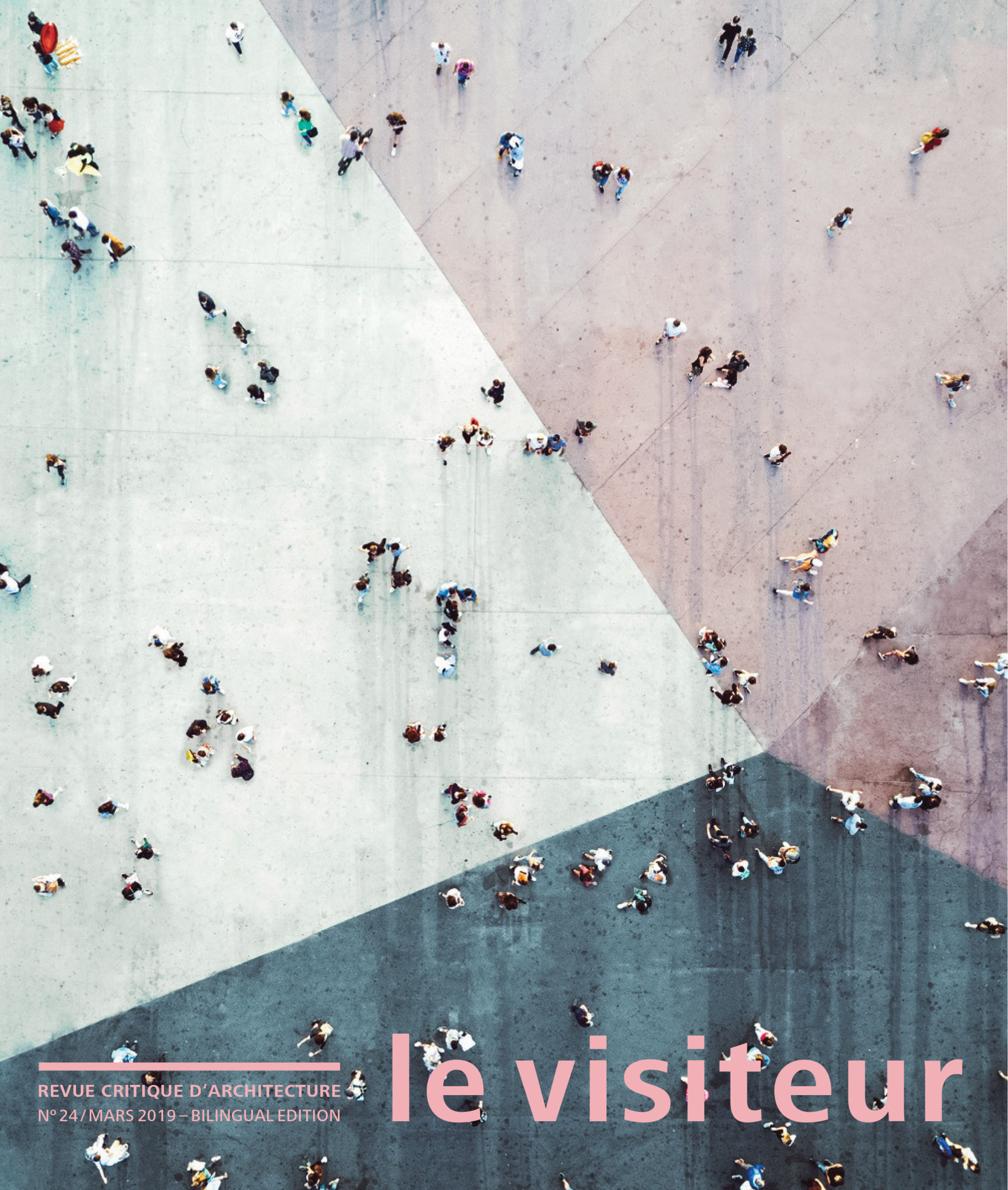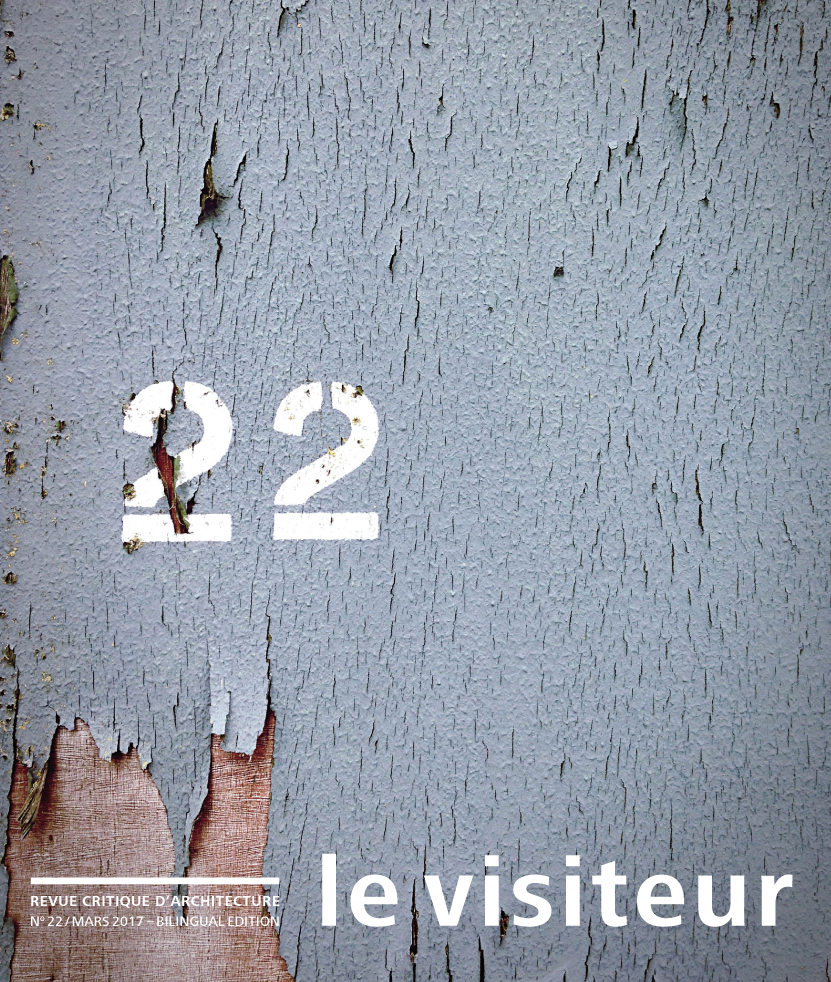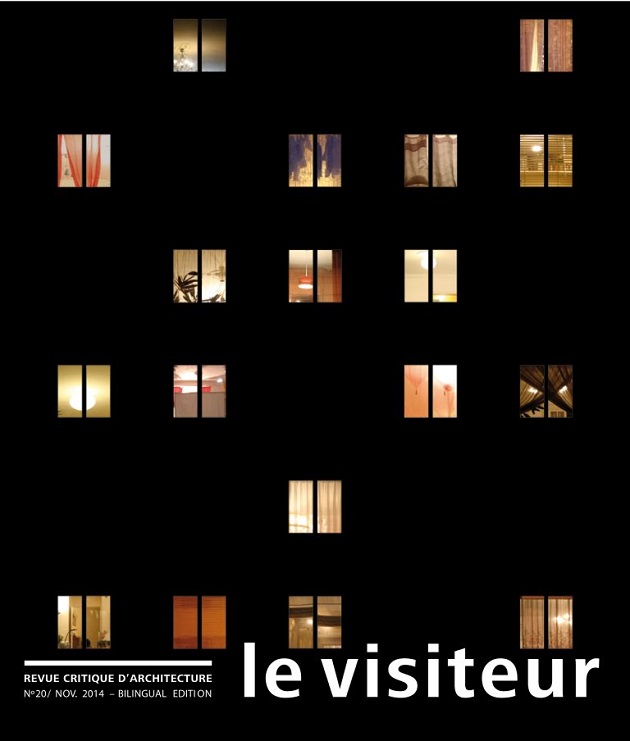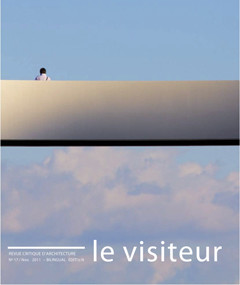Search Results for ‘HP2-I60 Actual Test - HP2-I60 Exam Quiz - HP2-I60 Training Materials 🖌 The page for free download of 【 HP2-I60 】 on ✔ www.pdfvce.com ️✔️ will open immediately 🍞HP2-I60 Test King’
n°21 The Modern Elan
…handful of key moments, such as the invention of the horse collar, to illustrate how history has speeded up over the course of the centuries, concluding with an unflattering assessment of the state of our current civilization.
Whether trace or narrative, the modern is first and foremost a project. To take one example, Auguste Perret’s project for the centre of Le Havre is fully coherent, yet the design’s apparent unity masks a profound dichotomy. On the one hand is the enthusiastic public reception of modernist inventions in the domestic sphere, while on the other, the same public rejects the…
n°12
…Wright was one of the first to recognize the architectural implications of this.[1] He argued in favor of horizontal extension and “exploding the box,” and showcased them in the famous drawings he produced for the 1910 Wasmuth Portfolio.
If we take the example of the Robie House, the plan shows how the corners of the large living room open out and the oriel windows seem to project the interior outwards, while the perspective emphasizes the way the stories appear to float one on top of the other, becoming abstract horizontal planes. Nonetheless, as a real building the Robie House…
n°16
…Produced in the distance between contradictory elements [the utopic discourse] is the simulacrum of the synthesis, while yet signifying the contradiction that produced it. It stages the fiction of reconciliation and offers it up for view in the text. I will also need to question the complex connection between Utopia, the neutral and fiction. Their seeming relationship has been assumed until now, and their respective level, status, and position must be clarified.” Louis Marin[1]
Beginning of the article…
Conversion
Seeing Manhattan as an emotional field, an empathetic bond: this, we conjecture, is what constitutes the theoretical and…
n°20 The Inhabited Silence of Houses
…My own article is centred on two fundamental yet contradictory aspirations inherent in all plans for spaces to be lived in, each arising from two founding myths – the mother’s womb and the inhabited garden. These offer a new way into the art of the plan, the cross-section and furniture over time, reading them as the expression of an ongoing dialectic of closed vs. open. Anthony Vidler takes the reader into the private spaces of three great thinkers – Bachelard, Benjamin and Barthes – to explore how the way they used their desks reflects the spatial dimension of their thought.
…
n°17 Theory and Project
…Potié probes the roots of the word “theory,” uncovering the link between oracular speech and aphoristic thought. Mario Carpo’s critique of computer-based modeling techniques seeks to unmask, behind the apparent variety of options that digital modeling offers, a loss of control of their morphogenesis on the part of architects. Antoine Picon brings up the question of ornament, comparing two different concepts, the traditional one and that resulting from the application of digital technologies. In a discussion of the Pavilion of Man in Zurich, Olivier Gahinet seeks to demonstrate that analysis is also intrinsic to the project. Through the examination of…
n°18 Silence of light, world conversation
…politicians from the original Baltard project through the Seura-Mangin one. I shall compare this latter to projects that let us track the evolution of the political view of the center of Paris: from the Baltard Halles to the 1967 consultation for a deliberately disproportionate modernist center, to the formalist project which, though now demolished, embodied recognition of the virtues of the old city, as realized by Vasconi and Pencreac’h, with Louis Arretche for the gardens and Willerval for the Umbrellas. The intention here is not to write a complete history of the projects for Les Halles, but rather to identify…
n°28 Wearing out the World
…various worldly experiences and the pluralities in which we are all rooted. This is the World of the-end-of-worlds, of non-worlds, of the destruction of the fabric of life as experienced by human groups confronted with irreversible events on the scale of historic time. The process of infinite growth and the obsession with development, governed by economic reasoning, have disanimated living worlds—human and other—and have taken material obsolescence to the point of the obsolescence of the world and the privatization of an inhabitable Earth. Instead of worn and ruined remnants, they leave behind a stifling accumulation of refuse. Yet life resists…
n°13
…same time, architectural creations themselves are proof of the development of unique works which, far from exemplifying simple “avant-gardism,” are opening up new areas of experimentation.
Unlike the preceding decades, in which critical and historical thinking (on theory and history, the architecture of the city, etc.) coincided with the construction of repetitive structures with no exploration of the possibilities of space, today everything is happening as if each construction was the expression of thought in motion, thought that theoretical work has a hard time keeping up with. The danger is that these projects will be reduced to “fashionable” architecture,…
n°14
…of this type of architectural project see it as encapsulating a critical position, the denunciation of conventional modes of production which no longer meet the clients’ expectations, since what the latter want is self-promotion via the image – as if it were obviously the job of architecture (and the architect) to satisfy such a need. But those who oppose it denounce instead the radical separation of the creative and social realms: one of the immediate consequences of these “sophisticated” new approaches is the cost of construction, very far removed from the budgets formerly allocated to existing constructions.
[1] In…
n°19 The Space of Time
…body and the gaze internalise the pleasure of space by means of the multiplication of situations. It explores how the plans in question “open inwards”, so to speak. This is not unconnected with the priciple of “spatial dilation” that underpins the reason for design in the work of Henri Ciriani, which, as Pierre Caye demonstrates, is simultaneously a dilation of the moment. Caye’s article sets out to untangle the relationship between architecture and the world, production, and sovereignty. The ambition of Augustin Berque’s article is to explain the notion of space-time in Japanese poetry, focusing particularly on the haiku and…

